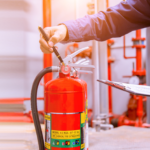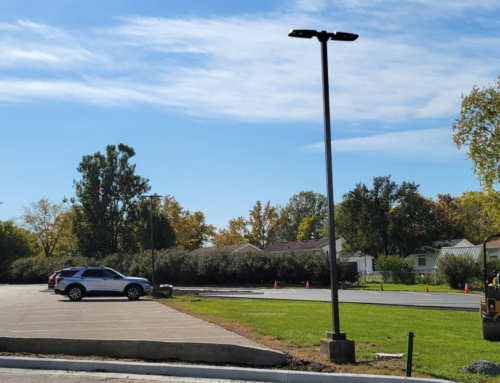Staying Safe on the Job Site During Heat: Essential Tips for Workers

Working outdoors during hot weather can pose significant health risks, making it crucial for individuals to prioritize their well-being and safety. With rising temperatures and the potential for heat-related illnesses, it’s essential for workers to be aware of the risks and take necessary precautions. In this blog post, we will explore valuable tips to help you stay safe on the job site during intense heat, enabling you to protect your health and maintain productivity.
1. Stay Hydrated:
Dehydration is a common risk when working in hot environments. Make it a habit to drink water regularly, even if you don’t feel thirsty. Aim for at least 8 ounces of water every 20-30 minutes. Avoid excessive caffeine or sugary drinks, as they can contribute to dehydration.
2. Dress Appropriately:
Wearing suitable clothing is crucial to combat the heat. Opt for lightweight, breathable fabrics that allow sweat to evaporate, such as cotton or moisture-wicking materials. Consider wearing light-colored clothing to reflect sunlight and reduce heat absorption. Additionally, wear a wide-brimmed hat and sunglasses to shield yourself from direct sunlight. Shop Protective Cooling Gear
3. Take Frequent Breaks:
Working continuously under the scorching sun can increase the risk of heat exhaustion or heatstroke. Take regular breaks in shaded or air-conditioned areas to cool down and rest. Use these intervals to replenish fluids and hydrate your body adequately.
4. Implement Sun Protection Measures:
Exposure to the sun’s harmful UV rays can lead to sunburn, skin damage, and long-term health complications. Apply sunscreen with a high SPF (at least 30) generously to all exposed areas of your skin, including your face, neck, and arms. Reapply sunscreen every two hours, or more frequently if you are sweating excessively.
5. Adjust Work Schedules:
If possible, adjust work schedules to avoid peak heat hours, usually between 10 a.m. and 4 p.m. Consider shifting tasks to early mornings or late afternoons when temperatures are relatively cooler. This can help reduce the risk of heat-related illnesses and improve overall productivity.
6. Monitor Your Physical Condition:
Pay attention to your body’s signals and monitor your physical condition throughout the day. Be aware of symptoms such as dizziness, fatigue, rapid heartbeat, nausea, or cramps, as these may indicate heat-related issues. If you experience any of these symptoms, seek shade immediately, hydrate, and inform a supervisor or colleague.
7. Create Shade and Ventilation:
If working in an area without natural shade, create your own shade using umbrellas, canopies, or pop-up tents. Proper ventilation is also crucial to prevent heat buildup. Position fans strategically to circulate air and reduce heat stress.
8. Training and Awareness:
Employers should provide comprehensive training on heat-related illnesses and preventive measures to all workers. Ensure you are aware of your rights and responsibilities regarding workplace safety. Familiarize yourself with emergency protocols and know how to access medical assistance if needed.
Working on a job site during hot weather presents unique challenges, but by following these essential tips, you can significantly reduce the risks associated with heat-related illnesses. Prioritize your well-being by staying hydrated, dressing appropriately, taking regular breaks, and protecting yourself from the sun. Remember to monitor your physical condition closely and seek medical attention if needed. By staying informed and implementing safety measures, you can have a productive and safe experience while working in high temperatures.









